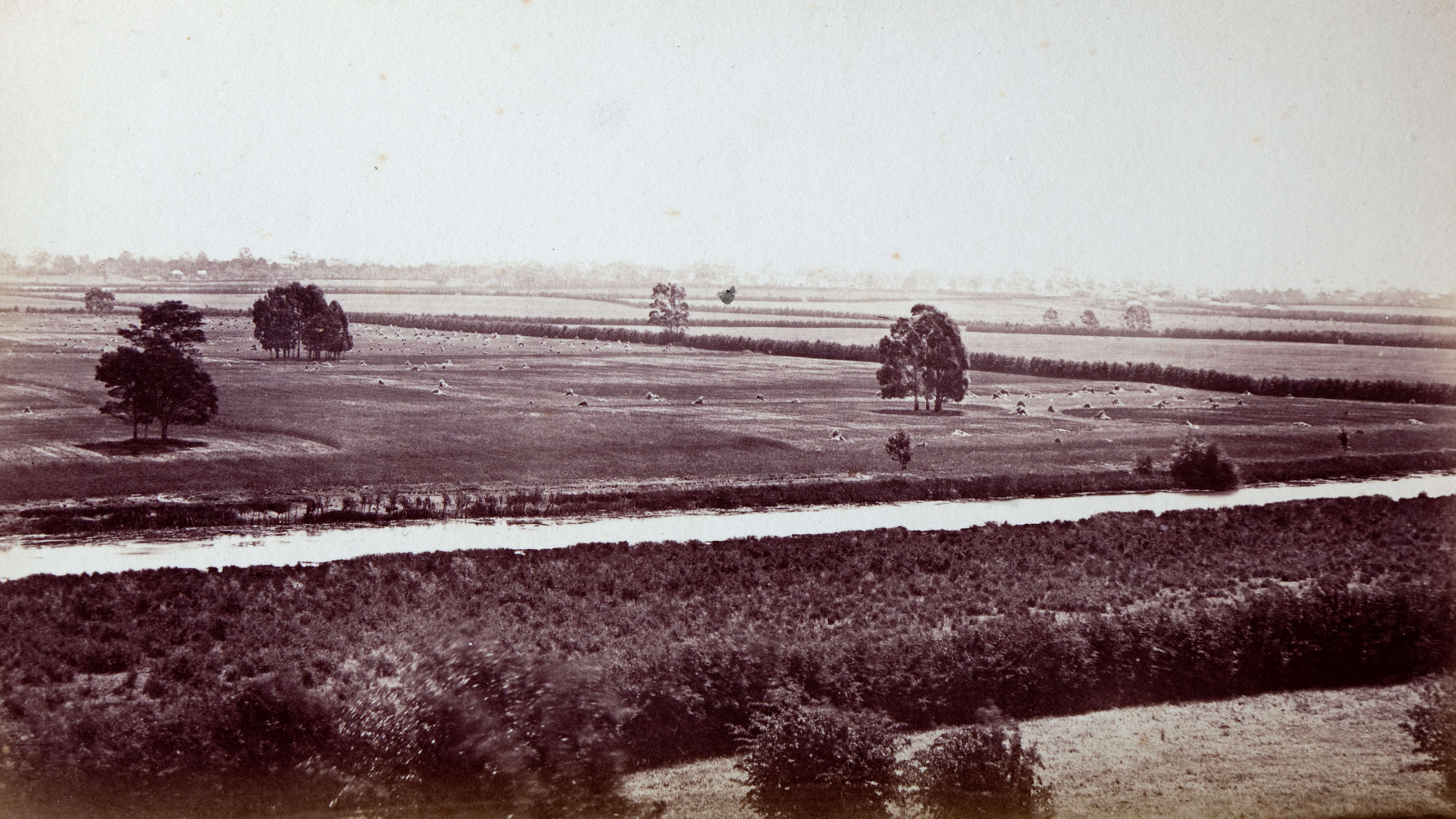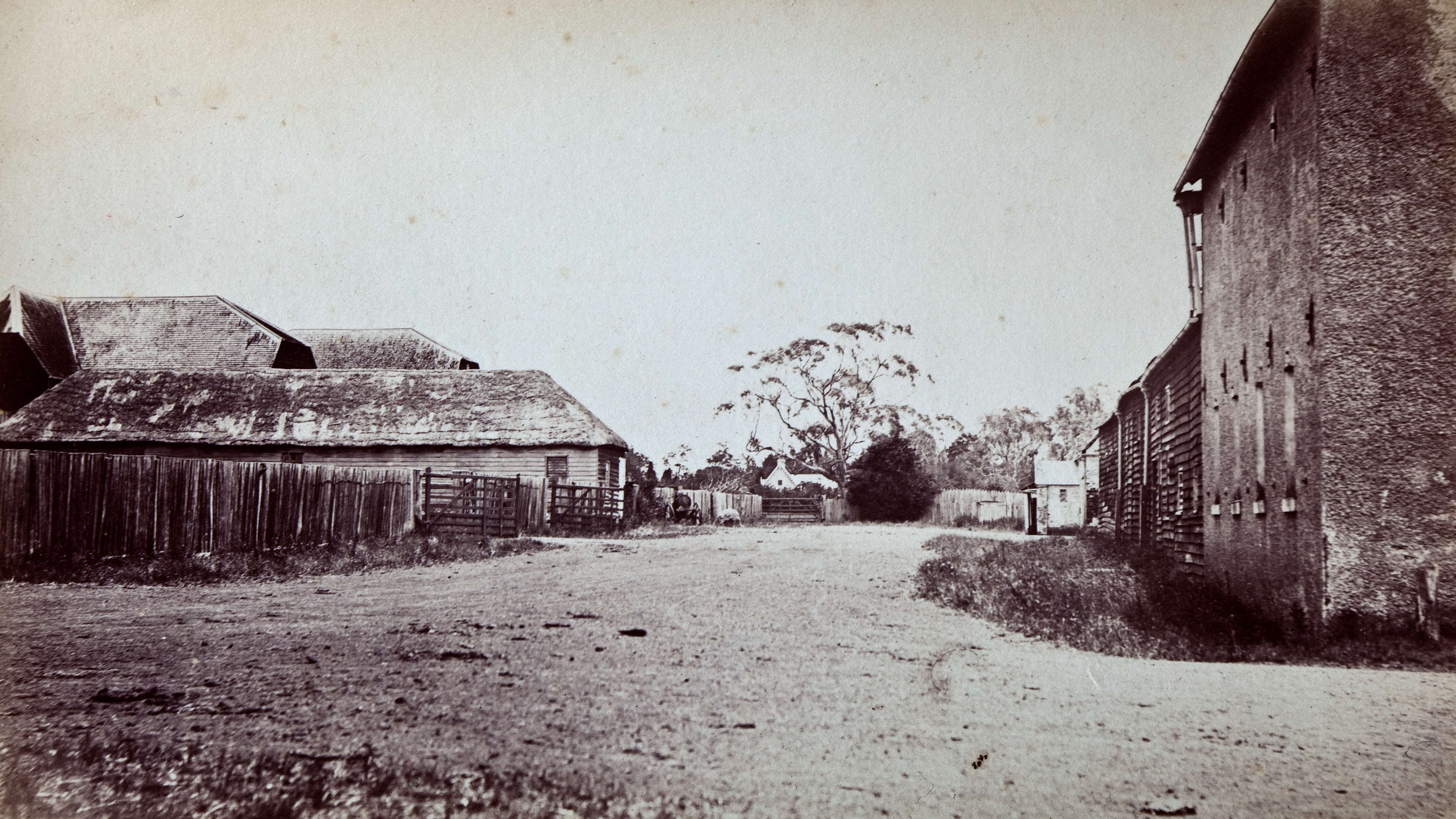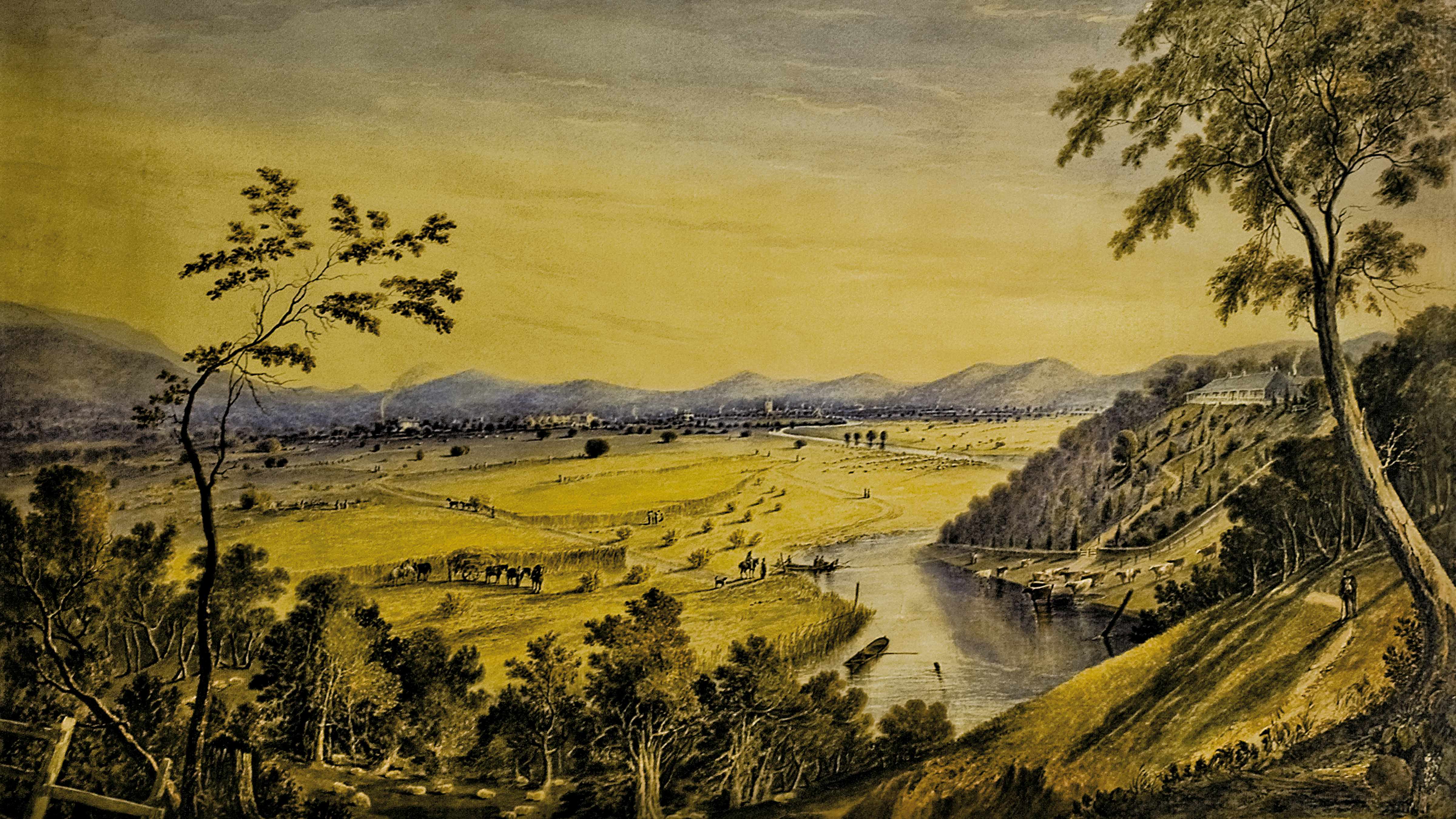William Archer took up the land opposite his brother at Woolmers and started to develop a new and innovative farming enterprise. Brickendon has remained the same 1,150 acres or 465 hectares as originally granted in 1824. Unlike his brother, William wished to develop Brickendon into a mixed farming enterprise with cropping being a major focus. Therefore, the land was cleared of its native bush — blackwoods and wattles — and then divided into approximately 30-acre paddocks.

The early form of fencing was a combination of post and rail and hawthorn hedgerows, of which Brickendon still has around 30 kilometres. Driving through the farm nowadays is quite reminiscent of an English farm; in fact, the landscape has not altered since the early 1830s. Wheat (corn), barley, linseed and flax were all grown in the flats where the many draught horses and bullocks tilled the soil or harvested the crops. Convicts spent many days hand digging drains through the farm to improve the soil, and many of these can still be seen today. With a large workforce of animals requiring feeding, fodder crops including mangolds, wurzels and turnips were also cultivated then stored and processed with equipment that is still located in the barns and granaries.
By the 1840s, Brickendon was highly regarded as one of the best farms in the colony, as quoted in Paul Edmund de Strzelecki’s book Physical description of New South Wales and Van Diemen’s Land.
The biggest change to Brickendon occurred during the early 1900s when the farm became more meat-producing with the introduction of Shorthorn cattle and Corriedale sheep. Other changes were also to come with the purchasing of modern farming equipment. Tractors replaced horses, bullocks and steam engines powered mighty threshers, thus reducing the staffing requirements. From a workforce in the 1800s of between 45 and 50 men, today’s farm is operated by Will Archer (seventh generation).
Irrigation has been the most recent innovation, with seven centre pivots watering approximately 300 hectares of the farm. This has allowed for a more intensive cropping program with today’s crops, including vegetables, poppies and specialist seed and grass crops. The farm also runs livestock with around 120 beef cattle and 3000 sheep being a combination of Corriedale ⨯ Coopworth, with terminal sires being either Dorset or Southdown. In June, the ewes are pre-lamb shorn in what is believed to be the oldest continually operating commercial shearing shed in Australia.
Brickendon’s farming future is looking positive and will, in time, be in the hands of the seventh generation William who is currently studying at Marcus Oldham Agricultural College.

